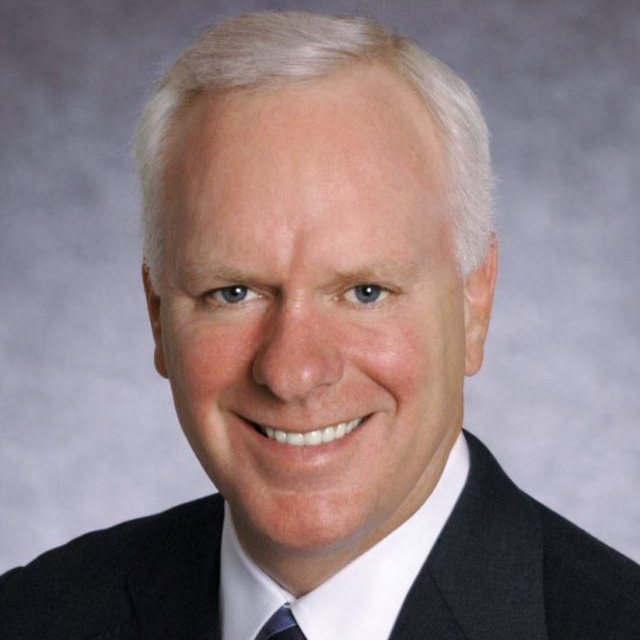Expanding audience: global coverage of the president’s historic visit to Cuba

Last week, Barack Obama became the first U.S. president in nearly 90 years to visit Cuba as part of the renewal of ties between the long-time adversaries. More than one thousand journalists descended on Cuba to cover the president’s three-day visit, including reporters from U.S.-funded civilian broadcast entities under the BBG.
The Voice of America, the Office of Cuba Broadcasting and the Middle East Broadcasting Networks generated comprehensive coverage in Spanish, English, Russian and Arabic on TV, radio and digital platforms to audiences around the world. Many of their reports were shared with other BBG networks, providing accurate and unbiased information for audiences from Russia to North Korea, Iran to Burundi, Venezuela to Egypt, and of course for people in Cuba.
This is important for a number of reasons.
First, BBG’s networks target audiences that live in press-restrictive environments —including Cuba, one of the most media-repressive regimes in the world. Without the BBG’s coverage, Cubans and others living in press restrictive environments would have received limited or biased reports of the president’s trip.
Second, we were able to broaden our reach more efficiently thanks in part to the hard work of the U.S. International Media Coordinating Committee (ICC). Under the ICC, leaders of the five BBG networks – the Voice of America (VOA), Office of Cuba Broadcasting (OCB—Radio and TV Martí), the Middle East Broadcasting Networks (MBN—Alhurra TV, Radio Sawa), Radio Free Europe/Radio Liberty (RFE/RL) and Radio Free Asia (RFA) – meet regularly to increase coordination of resources and content sharing.
The BBG’s coverage of President Obama’s trip to Cuba exemplified how that greater coordination is paying off. Journalists from VOA and OCB worked seamlessly together on the ground in Cuba, while those two networks showed amazing leadership and produced groundbreaking efforts that speak to the excellent work being done around here every day.
- OCB tapped into its extensive network of independent journalists in Cuba and worked with international journalists in Havana to provide comprehensive on-the-ground reporting. Coverage by the Martís featured everything from scheduled events to the arbitrary detention of civilians and independent journalists, including Martí The Martís also conducted live interviews with in-studio and on-island guests ranging from former U.S. diplomats, dissidents, religious leaders and citizens from all walks of Cuban life. TV Martí made history when it broadcast live from outside the Estadio Latinoamericano before the baseball game between the Cuban national team and the Tampa Bay Rays. Alan Gross, the American aid worker released in 2014 after being imprisoned in Cuba for five years, appeared as a guest on all three of the Martís’ platforms.
- A VOA team of English-, Spanish- and Russian-language reporters covered the three-day event and produced online, social and video reports on topics such as Internet freedom, small enterprise development, civil society, youth and Cubans’ opinions of the trip. That coverage, including reporting by VOA’s Russian- and Spanish-language services, was shared with other language services at VOA, as well as OCB and RFE/RL. The Voice of America also provided exclusive reports to OCB and dozens of stories to VOA affiliates.
- MBN sent Alhurra’s State Department correspondent to Cuba to provide its audiences with a first-hand account of the event. In addition to regular updates, the network’s flagship talk show Free Hour examined the impact the president’s visit will have on U.S.-Cuba relations.
The BBG networks not only kept their audiences up to date on the details of the president’s time in Cuba, they provided important context and background, reaction from Cubans and analysis from political experts and human rights activists. The networks also covered the president and his team engaging with different sectors of Cuban society and speaking directly with Cuba’s leaders and citizens, including business executives, youth, dissidents and human rights activists.
Kudos to all who made the BBG’s coverage of the president’s trip a huge success. On behalf of the millions of people around the world who were able to share in this historical event because of you – thank you.
On the Digital Front
During President Obama’s visit to Cuba, OCB’s Facebook Live broadcast posts were very successful in connecting with its audience, increasing from three to four million people reached in a week to almost nine million during the Obama trip. (Martí content on Facebook is not blocked in Cuba.) VOA Central News, Spanish and Russian Facebook posts – including Facebook Live broadcasts – reached several hundred thousand followers.
OCB also launched a media aggregator website called www.obamaencuba.com, which served as a one-stop-shop for all things related to President Obama’s visit. This site will live on as a historical reference, offering stories published by various Spanish media outlets, including the Martís, of the president’s visit to Cuba.
This post also appears on the online platform Medium with a variety of examples of the BBG’s coverage of President Obama’s trip to Cuba.

